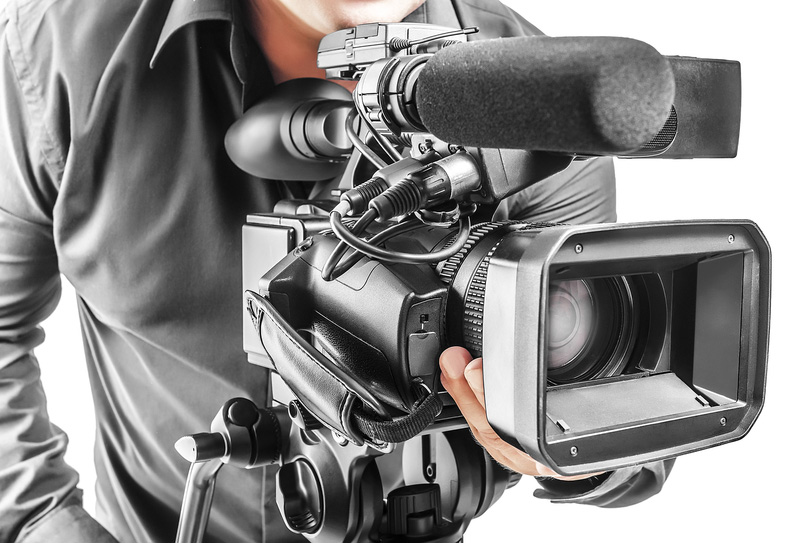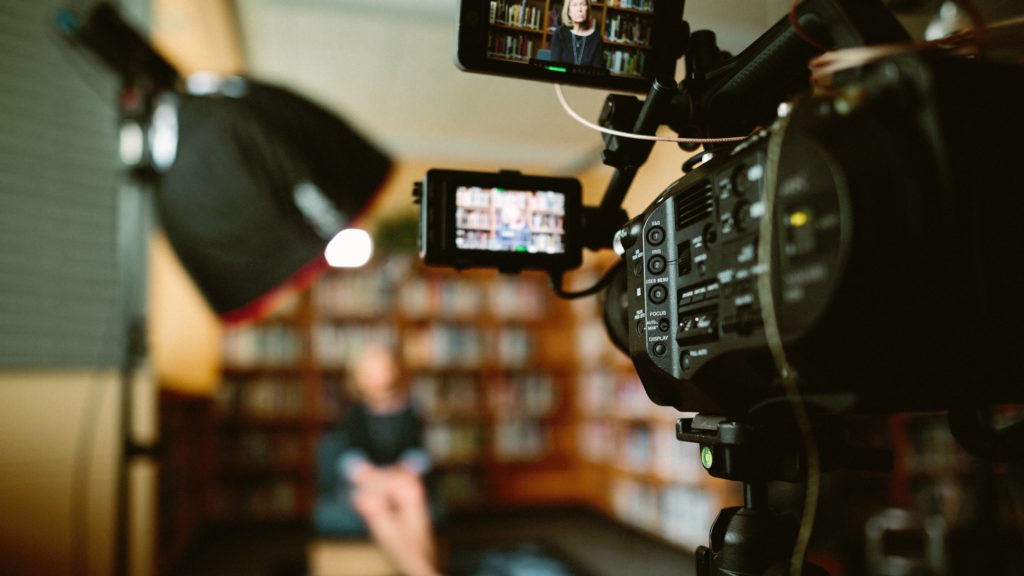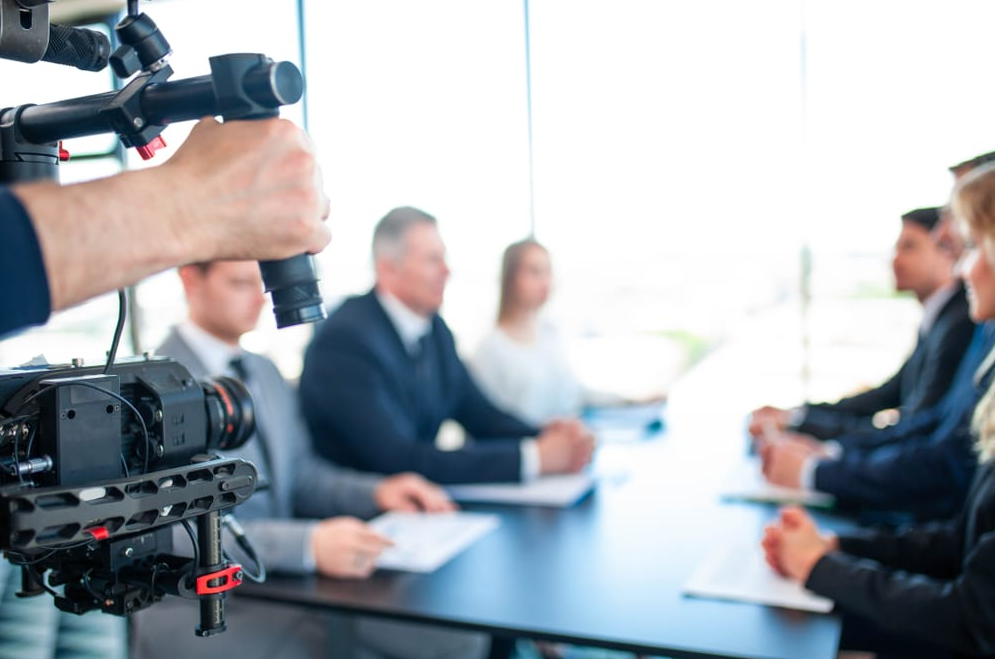The Ultimate Overview to Legal Videography for Lawyer and Legal Teams
Wiki Article
Exploring the Devices of Lawful Videography: Introduction Its Procedure in Shielding Authentic Visual Statement for Judicial Proceedings
In the realm of judicial process, the function of lawful videography stands as a keystone in maintaining and presenting visual evidence. As modern technology proceeds to breakthrough, the systems behind lawful videography have become significantly elaborate, supplying a crucial layer of credibility to testimonies caught on video clip.Historical Advancement of Legal Videography
Analyzing the historic development of lawful videography discloses a significant change in the capturing and presentation of visual evidence within the lawful landscape. In the past, legal procedures heavily counted on created pictures and transcripts to document events and give evidence. With the introduction of video clip technology, the legal market observed a paradigm change in just how aesthetic testimony was caught and presented.The evolution of legal videography can be mapped back to the late 20th century when developments in video clip recording devices made it a lot more obtainable for usage in courts. This technical innovation not only boosted the precision and reliability of aesthetic evidence however additionally transformed the method cases existed to juries and courts (Legal Videography). Attorneys started to acknowledge the influential power of video recordings in conveying emotions, nuances, and non-verbal hints that written photos or transcripts alone might not capture efficiently

Modern Technology Advancements in Video Documentation
What essential technological developments have transformed video documentation in the lawful area? The lawful field has seen significant advancements in video clip documents modern technology that have actually improved the authenticity and reliability of visual proof in judicial process. One of the key innovations is high-definition (HD) video recording abilities, which supply crystal-clear pictures and sharp information that are essential for accurately recording testaments, faces, and other aesthetic hints. Additionally, the assimilation of timestamping and metadata functions in video documents tools has actually allowed precise documents of when and where the video was recorded, making certain the integrity of the evidence provided in court.Additionally, developments in video clip file encryption and watermarking modern technologies have actually boosted the security and tamper-proof nature of video clip evidence, safeguarding it versus unapproved modifications or tampering. In addition, the development of cloud storage space services and remote accessibility capabilities has structured the storage space, retrieval, and sharing of video clip evidence, facilitating seamless partnership among lawyers and making certain reliable accessibility to important visual testaments when required. These technical innovations in video clip documents have actually undoubtedly revolutionized the legal area, boosting the precision, credibility, and admissibility of aesthetic proof in judicial process.
Role of Legal Videographers in Courtroom Setups
The advancement of video clip paperwork technology in the lawful area has necessitated an essential duty for lawful videographers in court settings, making certain the honesty and dependability of visual testimonies offered during judicial proceedings. Lawful videographers play an essential role in recording and protecting exact visual proof that can be pivotal in lawsuit. Their duty encompasses establishing equipment, recording process, and generating high-grade videos that properly show the events in the court.
In courtroom setups, legal videographers need to comply with stringent standards and requirements to keep the authenticity of the aesthetic document. They should have a keen eye for detail and a comprehensive understanding of lawful procedures to make sure that the footage they record is a true depiction of the events that took place. Additionally, legal videographers frequently function carefully with lawful teams to make certain that the video evidence lines up with the case's demands and can be efficiently offered in court to support the legal debates being made. In general, the duty of lawful videographers in courtroom setups is indispensable in promoting the concepts of justice and making certain the openness of legal process.

Ensuring Admissibility and Stability of Video Clip Evidence
To preserve the credibility of visual proof offered in legal procedures, making certain the admissibility and integrity of video evidence is an essential responsibility for lawful videographers. Admissibility describes the acceptance of evidence by the court, and for video clip proof to be admissible, it needs to fulfill certain requirements. Lawful videographers play a critical role in guaranteeing see it here that the video clips they record follow the guidelines of evidence, such as integrity, credibility, and importance.Honesty of video view evidence involves preserving the creativity and precision of the video footage from the time it is tape-recorded up until it is provided in court. This includes securely keeping the video clip data, recording the chain of wardship, and avoiding any kind of tampering or changes. Lawful videographers should adhere to stringent protocols to guarantee the honesty of the video clip evidence and avoid any challenges to its credibility.
Future Trends in Legal Videography
Offered the boosting reliance on technology in lawful procedures, legal videographers are poised to welcome ingenious improvements shaping the future of visual testament capture and presentation. One of the prominent fads imminent is the combination of virtual fact (VIRTUAL REALITY) and enhanced reality (AR) innovations into legal videography. These modern technologies have the possible to reinvent how visual proof exists in courtrooms, permitting courts and juries to submerse themselves in the scene of the criminal activity or case.Moreover, making use of fabricated knowledge (AI) algorithms for video analysis is expected to simplify the process of assessing and examining large quantities of video footage. AI can help in identifying vital moments, abnormalities, and patterns within videos, improving the performance of legal examinations.

Verdict
Finally, legal videography has actually played an essential role in providing genuine visual proof for judicial proceedings. With technical developments and the knowledge of lawful videographers, the integrity and admissibility of video clip evidence are guaranteed in court room settings. As legal videography proceeds to evolve, it will certainly be important to maintain standards that preserve the precision and reliability of visual testament for the future of legal procedures.Examining the historic development of lawful videography reveals a substantial change in the catching and presentation of aesthetic evidence within the lawful landscape.The development view website of video documentation technology in the legal area has demanded a vital duty for legal videographers in court setups, making certain the integrity and integrity of visual testaments offered throughout judicial procedures. In addition, legal videographers typically work carefully with legal teams to make sure that the video clip proof straightens with the instance's needs and can be effectively presented in court to support the lawful arguments being made.To maintain the trustworthiness of aesthetic proof provided in legal procedures, making sure the admissibility and stability of video clip evidence is an important obligation for lawful videographers. As legal videography continues to develop, it will be vital to promote standards that maintain the precision and reliability of aesthetic testament for the future of lawful process.
Report this wiki page